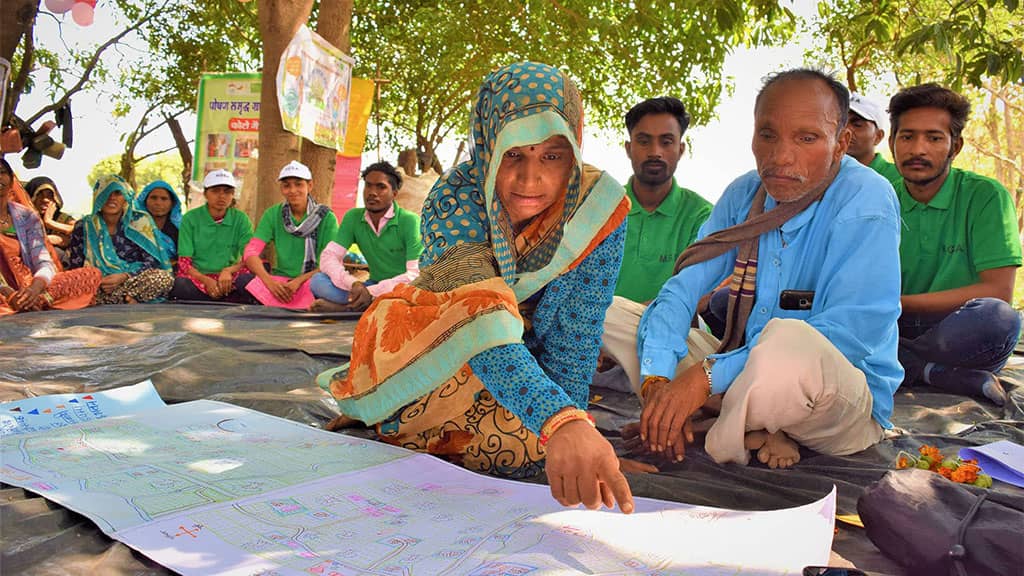
East and Southeast Asia exhibit an overall low level of hunger, although progress has stagnated and there are massive disparities between countries.
In Southeast Asia, affordability of a healthy diet lags behind the world average despite economic growth in the region (FAO et al. 2024a). East Asia generally has stable food security, although some of its highest-income countries rely on food imports and international supply chains (Agroberichten Buitenland 2022; Hong 2023). DPR Korea, Papua New Guinea, and Timor-Leste face serious levels of hunger. In Indonesia, Lao PDR, Mongolia, Myanmar, and Timor-Leste, GHI scores fell significantly until 2016, but since then progress has nearly halted. Hunger has worsened a great deal in DPR Korea, where over half the population is now undernourished.
Some countries in the region—particularly the Philippines, Indonesia, Myanmar, and China—face high exposure to natural hazards coupled with low adaptive capacity. Vietnam and Papua New Guinea are among the countries with the highest exposure (Bündnis Entwicklung Hilft and IFHV 2023).
Mongolia has reduced its GHI score by more than 80 percent since 2000—moving from serious to low hunger—in a shift correlated with a decline in poverty, a steady rise in GDP, and greater use of sanitation services (World Bank 2024d). However, dietary and nutritional deficiencies persist, underlined by a recent increase in child stunting; less than half of children aged 6–23 months receive a minimum acceptable diet (Bromage et al. 2020; Janmohamed et al. 2020).
Mongolia’s reliance on pastoral livestock and rainfed agriculture, combined with fragile ecosystems, also makes the country vulnerable to climate change impacts (Dagys et al. 2023).